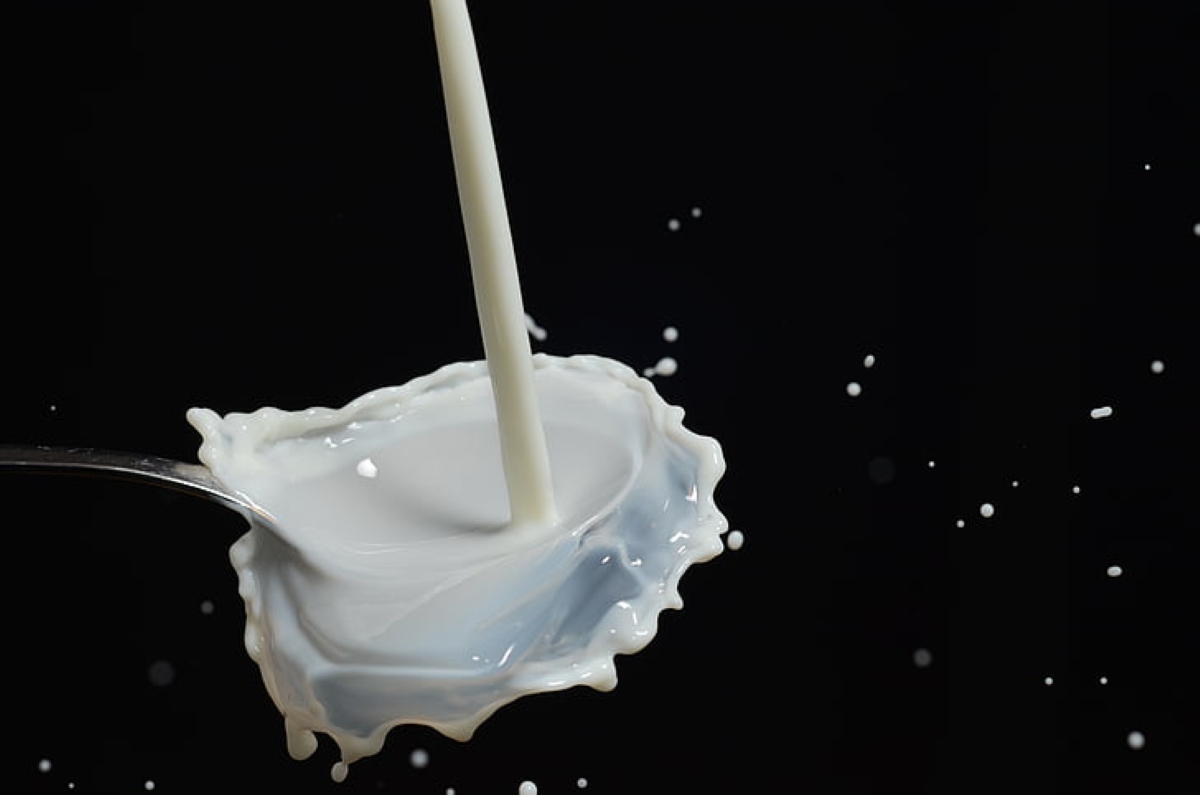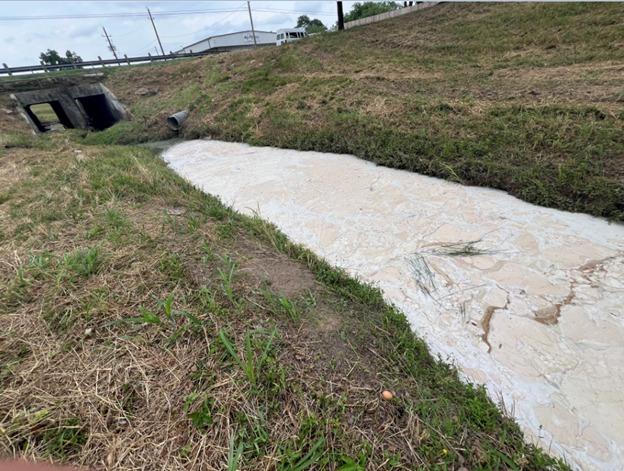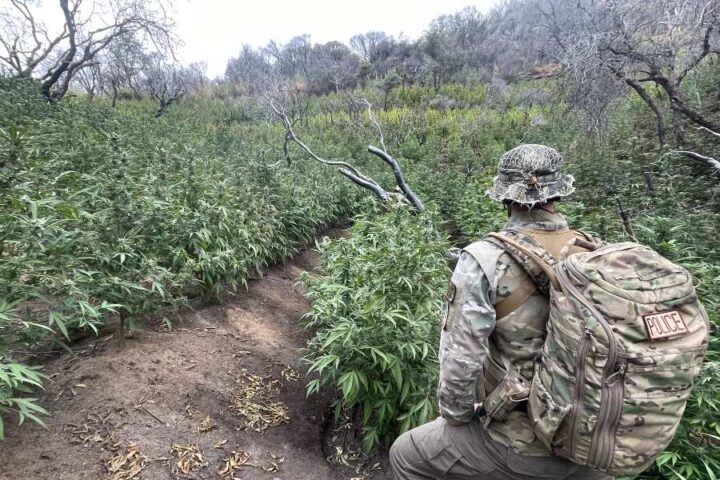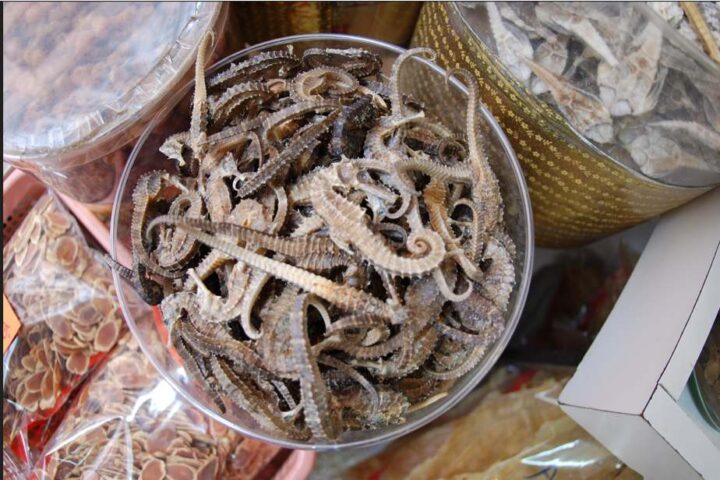The world’s largest milk-producing nation faces a quality control nightmare that touches every glass poured in millions of Indian homes. Mohan Singh Ahluwalia, member of the Animal Welfare Board of India, reported that 68.7 percent of milk and dairy products sold across the country fail to meet basic safety standards.
This isn’t just another regulatory hiccup. The contamination runs deeper than most consumers realize, affecting everything from the morning tea ritual to the paneer on dinner tables. The numbers tell a story that dairy industry veterans have whispered about for years but rarely discussed openly.
The Scale of Contamination Across India
Mohan Singh Ahluwalia, member of the Animal Welfare Board of India, delivered these sobering statistics during a meeting with department heads in Ludhiana. The 68.7 percent non-compliance rate with FSSAI milk quality standards represents a systemic failure across the dairy supply chain.
But the problem goes beyond FSSAI’s findings. The Ministry of Science and Technology reports an even more alarming 89.2 percent adulteration rate across dairy products, suggesting that virtually nine out of every ten products contain some form of contamination or dilution.
The geographical pattern reveals a troubling north-south divide. Northern states consistently show higher adulteration rates compared to southern regions, pointing to differences in supply chain practices, enforcement levels, and traditional dairy farming methods.
Common adulterants flooding the market include caustic soda, detergent powder, white paint, glucose, and refined oil. Water remains the primary dilutant, often introduced through poor sanitation during container cleaning and packaging processes.
“However, detergent and other contaminants like urea, starch, glucose, and formalin are also used to deliberately adulterate milk as they provide thickness and preserve the milk for longer periods,” Ahluwalia explained.
Punjab’s Enforcement Drive Reveals Paneer Problems
Punjab’s crackdown on dairy adulteration has exposed particularly concerning issues with paneer and desi ghee production. Health and Family Welfare Minister Dr. Balbir Singh reported that out of 531 paneer samples tested, 196 were substandard and 59 were unsafe for consumption.
“There is maximum adulteration in paneer and desi ghee,” Singh stated, with sample analysis revealing starch and various chemicals used in unsafe paneer manufacturing.
The desi ghee situation proves equally troubling. Health authorities collected 222 samples, finding 20 of substandard quality and 28 unsafe for consumption. The minister advised consumers to purchase from established sources like Verka to ensure quality standards.
These enforcement efforts have yielded concrete legal consequences. Over the past five years, approximately 145 individuals received convictions and six-month imprisonment sentences for producing unsafe dairy products, particularly paneer and desi ghee.
The current Punjab government has collected 18,559 enforcement samples alongside 12,178 surveillance samples, with over 13,000 additional samples screened through Food Safety on Wheels mobile units covering paneer, ghee, milk, spices, fruits, vegetables, sweets, and khoa.
Rajasthan’s “Doodh ka Doodh, Pani ka Pani” Campaign Findings
The Rajasthan Cooperative Dairy Federation launched an ambitious testing campaign on January 10, running through February 17, offering free milk quality assessments to consumers. The results from 7,299 collected samples revealed widespread water contamination.
Testing found 3,475 samples contained water adulteration, representing 48.24 percent of all samples. An additional 1.41 percent contained chemical adulterants, creating a combined contamination rate approaching 50 percent across the state.
Recent findings from Bikaner show that approximately 97 percent of milk samples were found to be adulterated, with only about 3 percent meeting purity standards. Managing Director Babulal Bishnoi detailed their comprehensive testing approach.
“The purity of milk is being checked using machines and test kit strips. Consumers receive the reports on the spot. Shockingly, most of the tested samples were found to be adulterated not just with water but also with starch and sucrose,” Bishnoi reported.
The testing protocol examines 22 parameters, including fat content and Solid Not Fat levels, which indicate protein, calcium, and mineral content. Standard requirements call for 3.5 percent fat content and SNF levels above 8.5 percent.
Advanced Detection Technology and Mobile Labs
The government response includes deploying 285 Food Safety on Wheels mobile testing units across 35 states and union territories. These vehicles carry Milk-o-Screen technology, enabling on-site testing of fat content, SNF levels, urea, and sucrose concentrations.
Dr. Singh emphasized the program’s accessibility: “I urge every individual to get their food tested.” The mobile units provide real-time screening capabilities for major food categories, including milk, paneer, water, and daily consumables.
FSSAI’s expanded testing protocols now screen for mycotoxins and antibiotic residues, in addition to traditional adulterant detection. The 2019 nationwide survey found 37.7 percent of processed milk samples failing quality norms, while the same survey identified 41 percent as poor-quality and 7 percent as unfit for consumption.
Advanced screening has revealed Aflatoxin M1 contamination in 5.7 percent of samples and antibiotic residues in 1.2 percent of tested products, indicating broader food safety challenges throughout the dairy supply chain.
Similar Posts
Health Implications and Consumer Risk
The health consequences of consuming adulterated milk extend far beyond immediate digestive discomfort. Chemical adulterants like caustic soda and formalin can cause irreversible organ damage, with particular concerns about cumulative exposure effects over time.
Contaminated dairy products create multiple health risks, including digestive issues, food poisoning, kidney damage, hormonal imbalances, and potential cancer development from long-term chemical exposure. Children face particular vulnerability, as nutritional deficiencies from diluted milk can lead to weakened immunity and developmental problems.
The nutritional impact proves equally serious. Consuming adulterated milk reduces essential nutrient intake, especially calcium and protein crucial for bone development and overall health. This becomes particularly concerning in a country where dairy products serve as primary nutrient sources for millions of people.
However, consumers should be aware that viral misinformation has circulated regarding milk contamination. Claims that the World Health Organization issued an advisory warning that 87 percent of Indians would develop cancer by 2025 from milk adulteration have been thoroughly debunked. PTI fact-checking confirmed no such WHO advisory exists, and FSSAI has explicitly denied these false claims.
Consumer Protection Through Home Testing
FSSAI has developed simple testing methods that consumers can perform at home to assess milk quality. These practical approaches provide immediate quality assessment without requiring laboratory equipment.
For water adulteration detection, place a single drop of milk on a polished, slanting surface. Pure milk remains stationary or flows slowly while leaving a white trail, whereas water-diluted milk flows quickly without traces.
Starch contamination can be identified by boiling 2-3 ml of milk, cooling it, then adding 2-3 drops of iodine solution. Pure milk remains unchanged or turns slightly yellowish, while starch presence creates a blue color change.
Detergent contamination testing involves mixing 5 ml of milk with equal parts water in a transparent glass and shaking vigorously. Pure milk produces minimal lather, while detergent-contaminated samples create persistent, abundant froth.
Additional tests can detect urea presence using litmus paper reactions and formalin contamination through sulfuric acid color changes. These simple protocols empower consumers to make informed purchasing decisions.
Economic Drivers Behind Adulteration
The widespread practice of milk adulteration stems primarily from profit maximization strategies. Adding water and inexpensive chemicals allows sellers to increase product volume while reducing costs, significantly boosting profit margins per unit sold.
This economic incentive directly reduces actual milk content in products, compromising nutritional profiles and quality standards. The practice affects both loose milk sold by local vendors and some packaged products, though branded dairy generally maintains better quality control systems.
The problem creates a vicious cycle where honest producers face unfair competition from adulterated products sold at lower prices, potentially driving quality-focused operations out of local markets.
Industry Infrastructure Challenges
India’s position as the world’s largest milk producer creates both opportunities and substantial quality control challenges. The extensive network of small-scale dairy farmers, collection centers, and distribution channels creates multiple contamination points throughout the supply chain.
Traditional collection and storage methods, particularly in rural areas, often lack proper refrigeration and hygiene protocols. This infrastructure gap contributes to both intentional adulteration and unintentional contamination through poor handling practices.
The transition from village-level dairy operations to industrial-scale processing has created quality control complexities, particularly in maintaining standards across diverse supply sources and ensuring traceability throughout distribution networks.
Consumer awareness campaigns face adoption challenges. Bishnoi noted that many people remain hesitant to test milk samples despite free testing availability. “People should take advantage of the survey and get the loose milk samples coming to their home tested. They should know what they are consuming,” he recommended.
Government Response and Enforcement Gaps
The Food Safety and Standards Authority of India operates as an autonomous body under the Ministry of Health and Family Welfare, established through the Food Safety and Standards Act 2006 to implement food safety regulations and protect public health.
Despite comprehensive legal frameworks and enforcement mechanisms, widespread adulteration persistence indicates significant gaps in monitoring and prosecution systems. The relatively low conviction numbers compared to the contamination scale suggest enforcement efforts require substantial strengthening.
Current penalties under the Food Safety and Standards Act include imprisonment terms and financial penalties, though deterrent effects appear limited given continued widespread adulteration practices across multiple states.
Looking at the Data
The findings from regional campaigns in Punjab and Rajasthan, and mobile testing units, reveal a dairy industry struggling with quality control at multiple levels. The 68.7 percent non-compliance rate with basic safety standards reported by Ahluwalia, combined with regional testing showing contamination rates approaching 90 percent in some areas, demonstrates the scope of challenges facing India’s dairy supply chain. Government initiatives, including Food Safety on Wheels mobile labs, enforcement actions resulting in 145 convictions over five years, and a consumer education campaign, represent systematic approaches to addressing these quality control issues. The deployment of advanced testing technology and expanded screening for adulterants beyond traditional contaminants provides enhanced detection capabilities across the country’s vast dairy distribution network.
Related Concerns
Recent investigations have uncovered related issues in the dairy industry, including detergent powder used to fake creaminess in Karnataka ice creams. In the United States, the FDA has suspended milk quality testing as 20,000 HHS jobs were cut, raising food safety concerns globally. Additionally, a recent butter blend recall alert for undeclared milk threatened children and adults with allergies, highlighting the importance of proper labeling and safety protocols in dairy production worldwide. For more information on milk safety standards and testing initiatives, the Department of Animal Husbandry and Dairying Annual Report 2024-25 provides comprehensive details on government programs, while the Department of Biotechnology Annual Report 2024-25 outlines scientific advancements in testing technology.



















